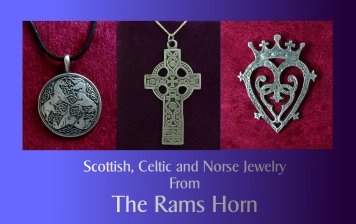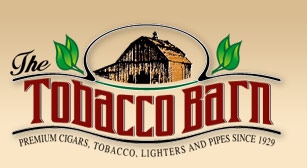
HOME | home
Iron on the Hearth | Iron, Cast and Forged | Cast Iron Cooking 4 | Copperware | Copper and Brassware 2 | Brass Alcohol Stove | Pipe Smoking | Tobacco the Indian Weed | Women's Pipes | Clay Pipe Collection | Pipes2 | pipes3 | Pipes4 | Pipe Tampers | Early Lighting 1 | Early Lighting 2 | Early Lighting 3 | Early Lighting 4 | Early Lighting 5 | Early Lighting 6 | My Lamps | Center Draft Lamps | Center Draft Lamps II | Center Drafts III | Miners lamps | Matches and Match Safes
Matches and Match Safes

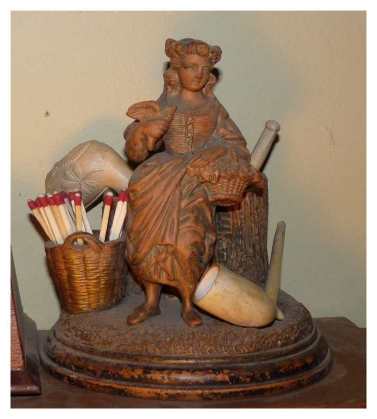
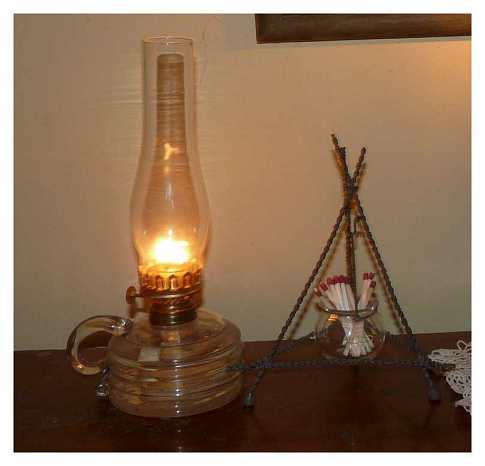
Friction matches
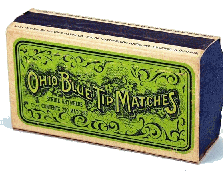
The first "friction match" was invented by English chemist John Walker in 1826. Early work had been done by Robert Boyle and his assistant, Godfrey Haukweicz in the 1680s with phosphorus and sulfur, but their efforts had not produced useful results. Walker discovered a mixture of antimony(III) sulfide or stibnite, potassium chlorate, gum, and starch could be ignited by striking against any rough surface. Walker called the matches congreves, but the process was patented by Samuel Jones and the matches were sold as lucifer matches. The early matches had a number of problems - the flame was unsteady and the initial reaction was disconcertingly violent; additionally, the odor produced by the burning match was unpleasant. It is described as a firework odor. Lucifers reportedly could ignite explosively, sometimes throwing sparks at a considerable distance. In the Netherlands matches are still called lucifers.
In 1830, Frenchman Charles Sauria added white phosphorus to remove the odor. These new matches had to be kept in an airtight box but were popular. Unfortunately, those involved in the manufacture of the new matches were afflicted with phossy jaw and other bone disorders, and there was enough white phosphorus in one pack to kill a person. There was a vociferous campaign to ban these matches once the dangers became known.
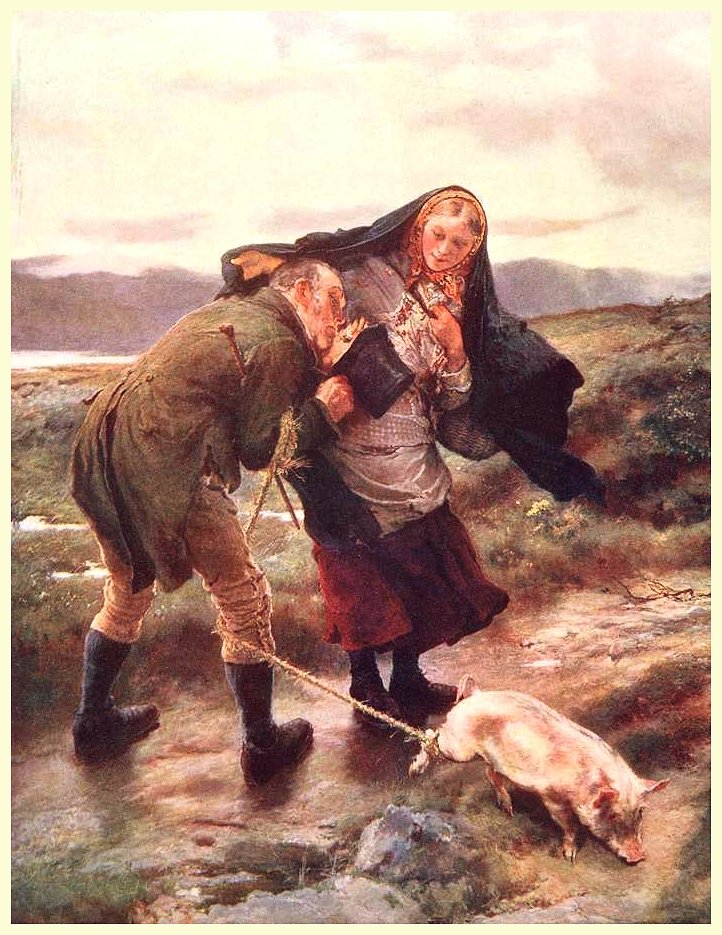
The Last Match
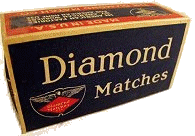
The strike-anywhere match
Two French chemists, Savene and Cahen, developed a safety match using phosphorus sesquisulfide. They proved that the substance was not poisonous, that it could be used in a "strike-anywhere" match, and that the match heads were not explosive. They patented a safety match composition in 1898 based on phosphorus sesquisulfide and potassium chlorate. Albright and Wilson developed a safe means of making commercial quantities of phosphorus sesquisulfide in the United Kingdom in 1899 and started selling it to match makers.
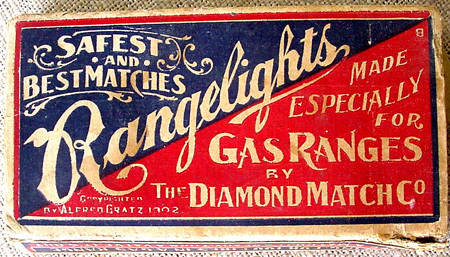
In 1901 Albright and Wilson started making phosphorus sesquisulfide at their Niagara Falls plant for the U.S. market, but American manufacturers continued to use white phosphorus based matches.The Niagara Falls plant stopped making it until 1910, when the United States Congress forbade the shipment of white phosphorus matches in interstate commerce. At the same time the largest producer of matches in the USA granted free use, in the USA, of its phosphorus sesquisulfide safety match patents. In 1913 Albright and Wilson also started making red phosphorus at Niagara Falls.
Strike-anywhere matches are classified as dangerous goods, "U.N. 1331, Matches, strike-anywhere;" and their carriage is illegal on both passenger aircraft and cargo-only aircraft.
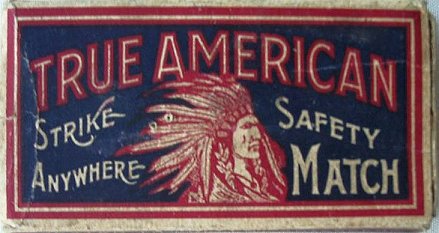
In 1830, the French chemist, Charles Sauria, created a match made with white phosphorous. Sauria's matches had no odor, but they made people sick with a ailment dubbed "phossy jaw". White phosphorous is poisonous.
In 1855, safety matches were patented by Johan Edvard Lundstrom of Sweden. Lundstrom put red phosphorus on the sandpaper outside the box and the other ingredients on the match head, solving the problem of "phossy jaw" and creating a match that could only be safely lit off the prepared, special striking, surface.
In 1889, Joshua Pusey invented the matchbook, he called his matchbook matches "Flexibles". Pusey's patent was unsuccessfully challenged by the Diamond Match Company who had invented a similar matchbook (their striker was on the outside, Pusey's was on the inside). His patent was later purchased by the Diamond Match Company in 1896 for $4,000 and a job offer.
In 1910, the Diamond Match Company patented the first nonpoisonous match in the U.S., which used a safe chemical called sesquisulfide of phophorous.
United States President William H. Taft publicly asked Diamond Match to release their patent for the good of mankind. They did on January 28, 1911, Congress placed a high tax on matches made with white phosphorous.
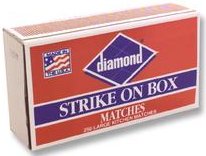
Safety matches were patented by Johan Edvard Lundstrom of Sweden. Lundstrom put red phosphorus on the sandpaper outside the box.
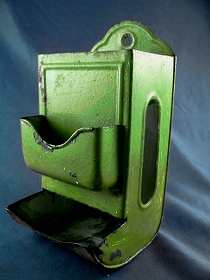
Matchbooks and Matchbox Labels:
Cruse, A.J.
1946 Matchbox Labels of the World. Robert Ross and Company, London
Guarnaccia, Matteo
1989 Matches Boxes – Fiammiferi. BE-MA Editrice, Milan
Kashiwabara, Yosh
1989 Matchbook Art. Chronicle Books, San Francisco
Rendell, Joan
1963 Collecting Matchbox Labels. Arco Publications, London
1968 Matchbox Labels. David & Charles, London
1983 The Match, The Box and the Label. David & Charles, London
Retskin, Bill
1993 The Matchcover Collector’s Price Guide. WorldComm, Asheville
Steele, H. Thomas, and others
1987 Close Cover Before Striking. The Golden Age of Matchbook Art.
Abbeville Press, NY
Matchsafes and Match Holders:
Alsford, Denis B. Match Holders
1994 100 Years of Ingenuity. Schiffer Publishing Ltd., Atglen, PA
Fresco-Corbu, Roger
1983 Vesta Boxes. Lutterworth Press, Surrey
Hunting, Jean, and Franklin Hunting
1999 Collectible Match Holders: For Tabletops and Walls. Schiffer
Publishing Ltd., Atglen, PA
Sampson Shinn, Deborah
2001 Matchsafes. Scala Publishers, London
Sanders, W. Eugene, and Christine C. Sanders
1997 Pocket Matchsafes. Reflections of Life and Art, 1840-1920.
Schiffer Publishing Ltd., Atglen, PA
Sullivan, Audrey G.
1978 A History of Match Safes in the United States. Fort
Lauderdale, Riverside Press.
Ure, Andrew M. D.
1850 Matches, Lucifer & Tobacco. In Recent Improvements in Arts,
Manufactures, and Mines:
Being A Supplement to His Dictionary. pp. 163-164, 254-266.
D. Appleton & Co., New York
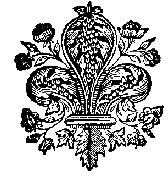
No part of this website may be used for any purpose ( including using images )
without written consent from The Rams Horn
Copyright 2010 , Jim & Beth Boyle, All Rights ReservedNo part of this website may be used for any purpose ( including using images ) without written consent from The Rams Horn

